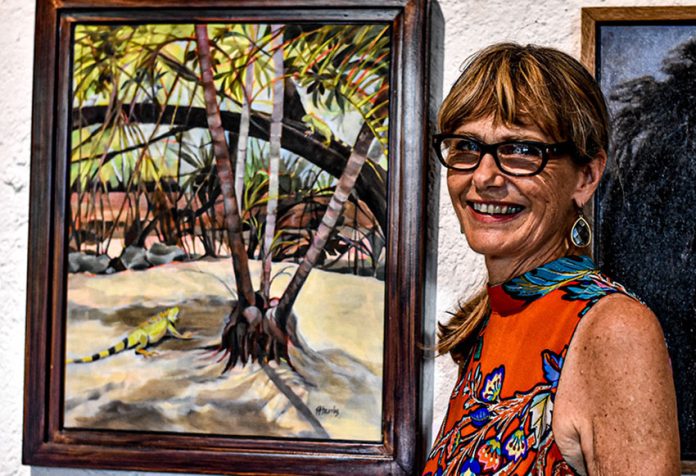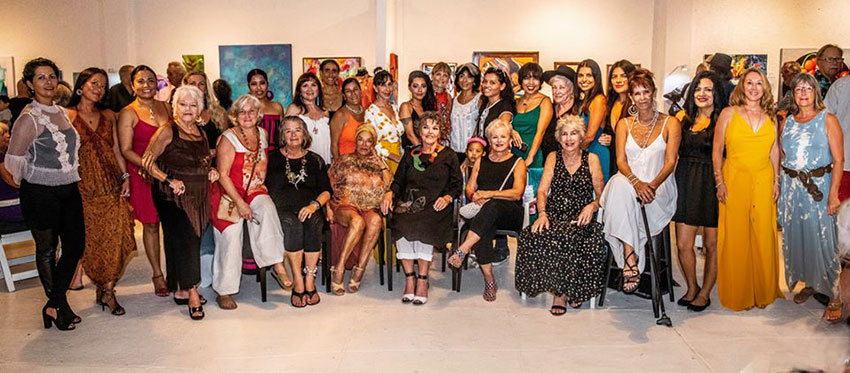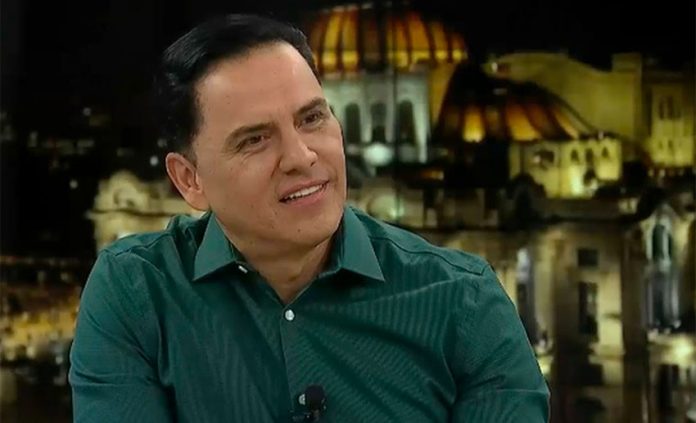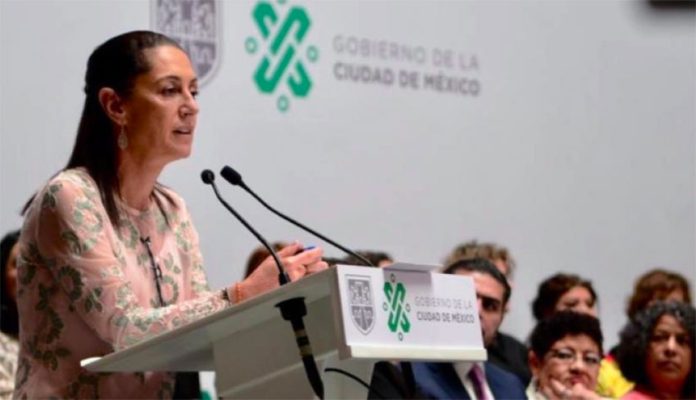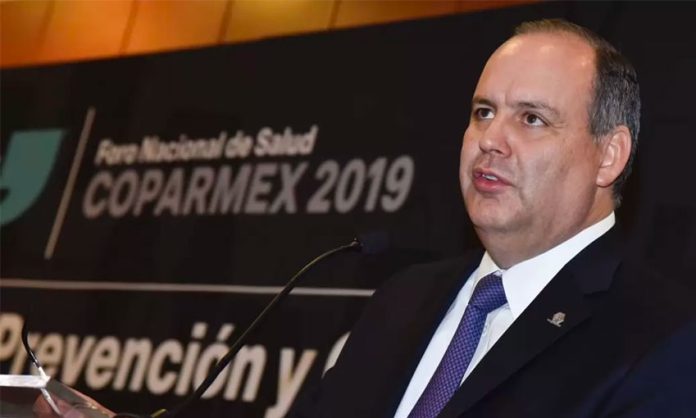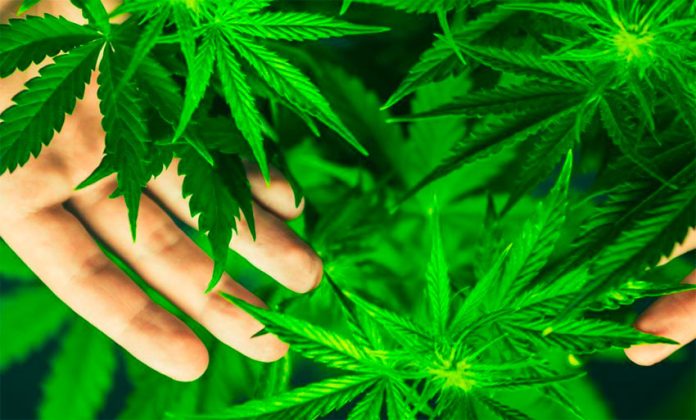Yet another family member of José Antonio “El Marro” Yépez Ortiz, head of the Santa Rosa de Lima Cartel, has been arrested in Guanajuato. The father of the notorious gang leader was arrested in Celaya on Thursday night.
“We have confirmed the arrest of [the father of El Marro]. An investigation is underway, but the arrest was made due to a report of a stolen vehicle,” said federal Security Minister Alfonso Durazo, who added that there is a “possibility of incorporating other crimes into the investigation.”
Speaking of the possible repercussions the arrest may have, Durazo said that “it is a notable arrest and if there is eventually a [violent] reaction, federal security forces will be ready for any incident.”
The gang leader’s father was arrested after a confrontation with municipal police acting on a report of a stolen vehicle. Attempting to stop a GMC Sierra pickup truck, the police were fired upon by the passengers.
The police activated a code red and began pursuit. The driver of the pickup reportedly lost control of the vehicle during the chase and slammed into a light post. El Marro’s father was arrested on the scene.
Three officers were seriously injured in the gunfight and were taken to hospital to be treated.
The detention brings the number of arrests of people close to El Marro to eight. His wife, Karina Mora, was arrested in a safe house in January, but was later released after a judge ruled that police had entered the house without a search warrant.
Three other presumed members of the cartel were also arrested in the operation, and subsequently released.
El Marro’s niece, Denise Yépez Pérez was arrested on weapons charges in Apaseo el Alto, Guanajuato, in February. That arrest was also made as a result of a stolen vehicle report.
Security forces also arrested Fabián N., alias “La Vieja” (The Old Lady), El Marro’s alleged right-hand man, in Baja California on the weekend.
Although he continues to evade capture, authorities say they see the walls closing in on El Marro, considering these arrests and the murder of his sister on her wedding day in January.
Source: Infobae (sp)


